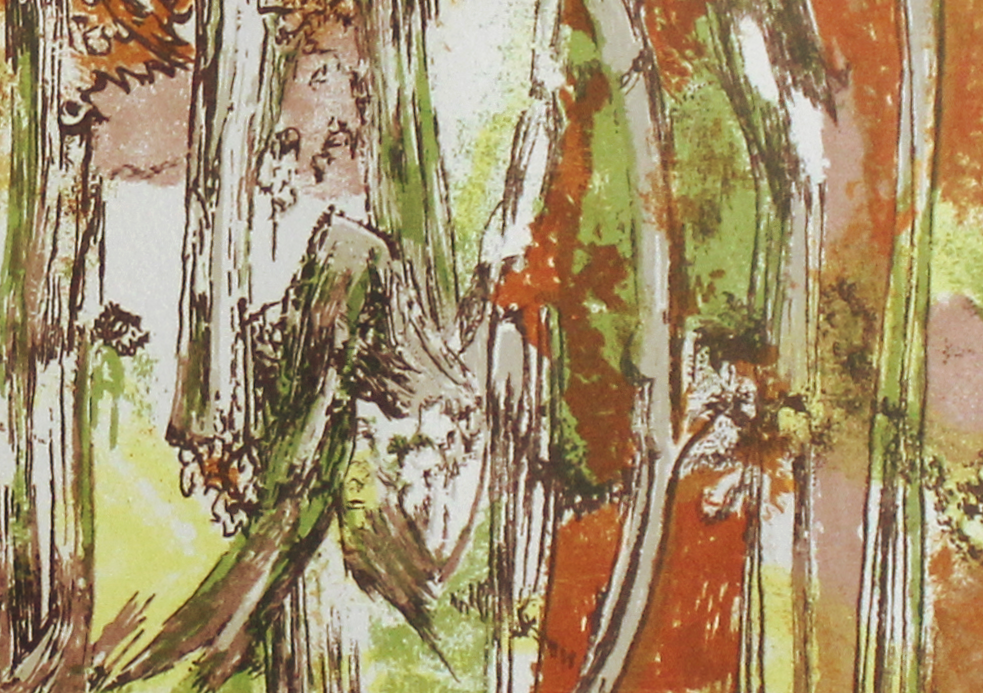
The time in Brooklyn is now:
Fri May 9 03:35:06 2025


We endorse the greatest
health and beauty products
and shampoo on the
market -
Maple Holistics

Like many of my favorite Tzfat artists, Nahor was self-taught. He was Polish born in 1914, and when an infant his the family moved to Germany. They escaped Europe and to Israel in 1934, settling in Tel Aviv. He married a young women named Aliza and worked as a graphic designer until about 1947 when he left for Jerusalem.
He divorced Aliza and married a women his wife Ruth. This marriage took, and the
couple lived for many years between Haifa and Tzfat. They traveled
often to the US Following his exhibitions.
He died in 1993.
He studied Prof. Orseolo from the Fine Arts Academy of Ravenna, Italy.
Important Works Include

This is a large work of art, with a main compositional space 28 inches across and 19 inches heigh. In its exquisite frame is nearly 38x29 inches, commanding the space about it, but gently fitting into a room.
Working largely in abstraction, the suggestion of pine and mountains, stone and moss, reaches through this composition as a brook
seems to flow through the center of the image and the suggestion of the old women of the forest, arm extended
in the act of painting, seems to be suggested in the upper right.





The contrasting colors of the branch that sits in front of the view of the patron adds greatly to the illusion of distance, and the contrasting color further causes the eyes to focus up front. The limits of the human eye then push the background cliffs off the part of the eye with the sharpest imaging, and induces a lack of focus where there actually isn't any. This is an extraordinary understanding of human vision, particularly for an artist who had never formally been schooled.
The image
itself has contrasting swooping lines and the branches gently
kiss the bottom corner of the cliff face, focusing the eyes on
this action point. The pastel colors of the composition release
emotional stress and suggests an early morning atmosphere, and
the choice use of line further focuses the eye on the front of
the image. There is more than a hint of Oriental influence on
the overall design, almost as one might expect from the scrolls of
the
Imperial Chinese collection now housed in Taiwan.





The colors of this composition are fabulous and like
many of the Nahor prints, are hard to get right with
photography. The deep cobalt wraps itself into the
rich greens and brown, with red highlight in such a way
as to tie this composition into a whole body of work,
even though these seem to be unlikely colors to be
blended together.




Much of his work can be found at the General Exhibition in Tzfat... if I haven't gotten there first.
He is also listed in the Israeli Museum database and they have done shows of his work, including a one man show in 1966.